Many terminals originated as storage tanks on the property or adjacent to refineries, chemical plants, and petrochemical plants. There are still many of these types of storage facilities in use today. Stand alone terminals started to develop and manufacturers saw the value of being able to transfer custody of their finished products to a terminal operated by a different company. Also, many of these stand alone terminals were better positioned, logistically, to distribute the finished products to the customers. In addition to finished product, Terminals also store raw materials. Some facilities have mixing capabilities to convert raw materials to finished product.
Terminals are designed to receive product (typically in a liquid form, but there are dry solids terminals as well), store the product, and then load the product for transport. These loading and unloading operations can be via ships, trucks, and railcars.
Terminals typically are custody transfer points, so terminals must have a way to measure product being loaded or unloaded. This can be done using metering systems. Also, it can be done by weighing an empty vessel and then re-weighing a full vessel (or truck or railcar).
Terminals are typically located on a river or coastline, as this allows for ships to be included as well as rail and truck. Terminals can be located at energy transfer points, such as where pipelines end or branch off to multiple pipelines.
It is not uncommon for airports to have storage tanks/terminals for jet fuel. There are also government facilities that operate terminals for things such as the Strategic Oil Reserve (SOR).
Older terminals are usually facilities that are operated manually with a lot of human intervention. Newer terminals will typically be more automated with Distributed Control Systems for controlling loading, unloading, storing, measuring, etc.
Terminals have the following equipment:
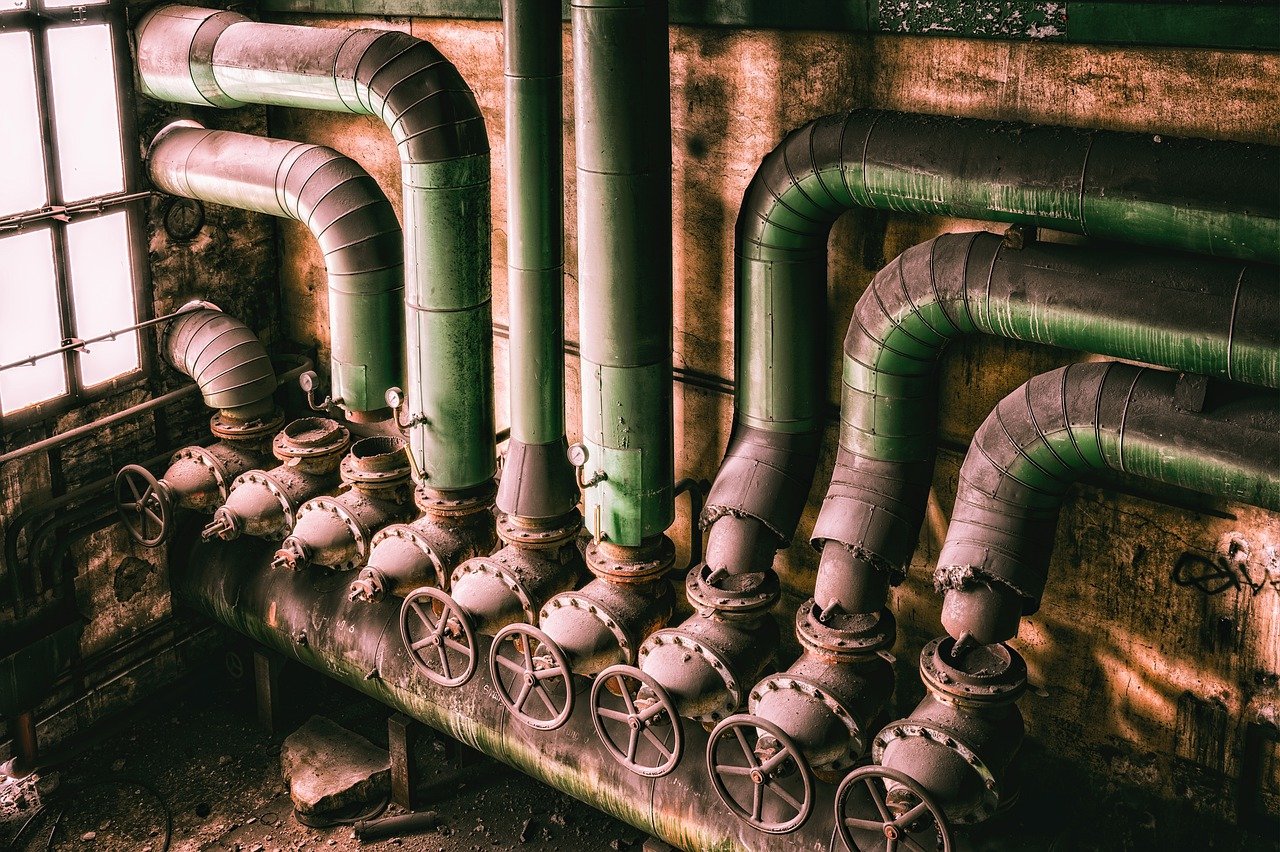 |
Piping |
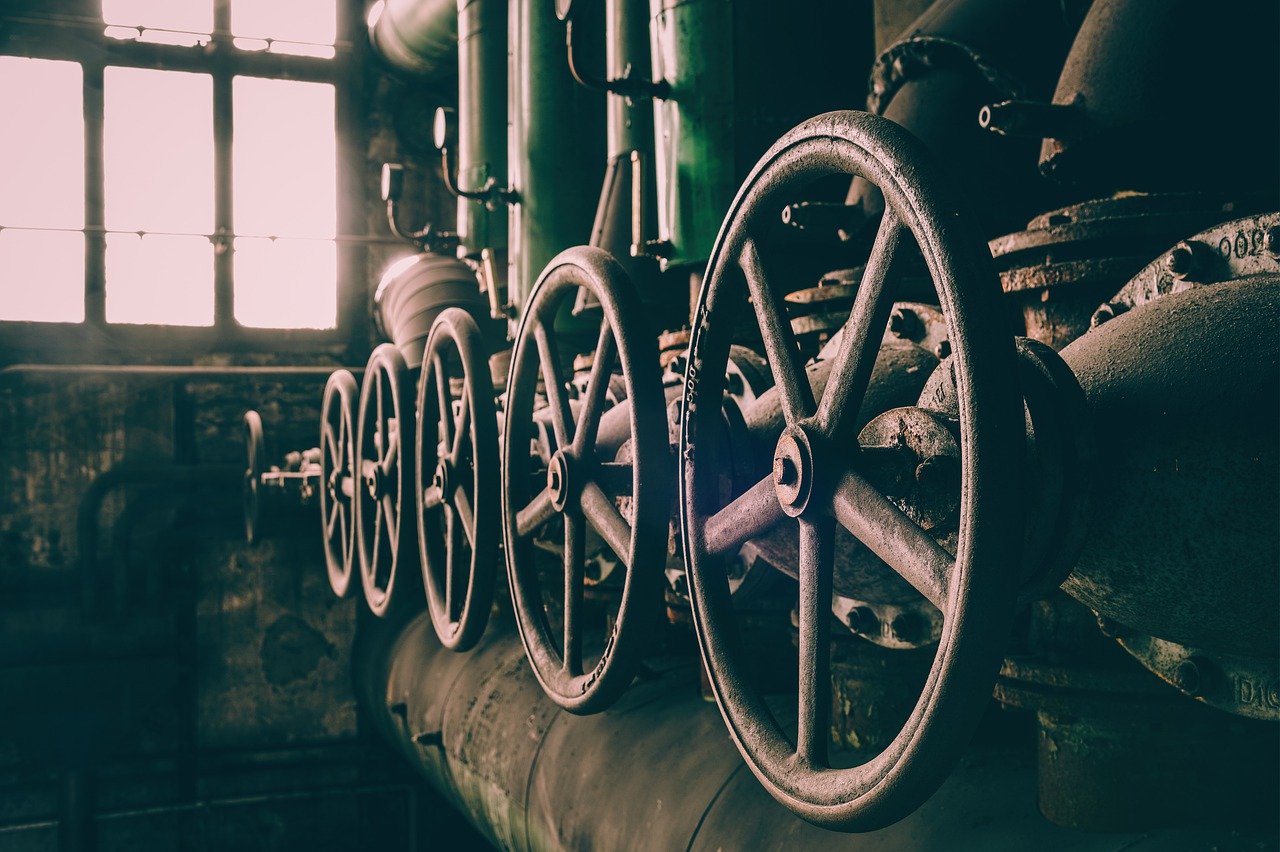 |
Valves |
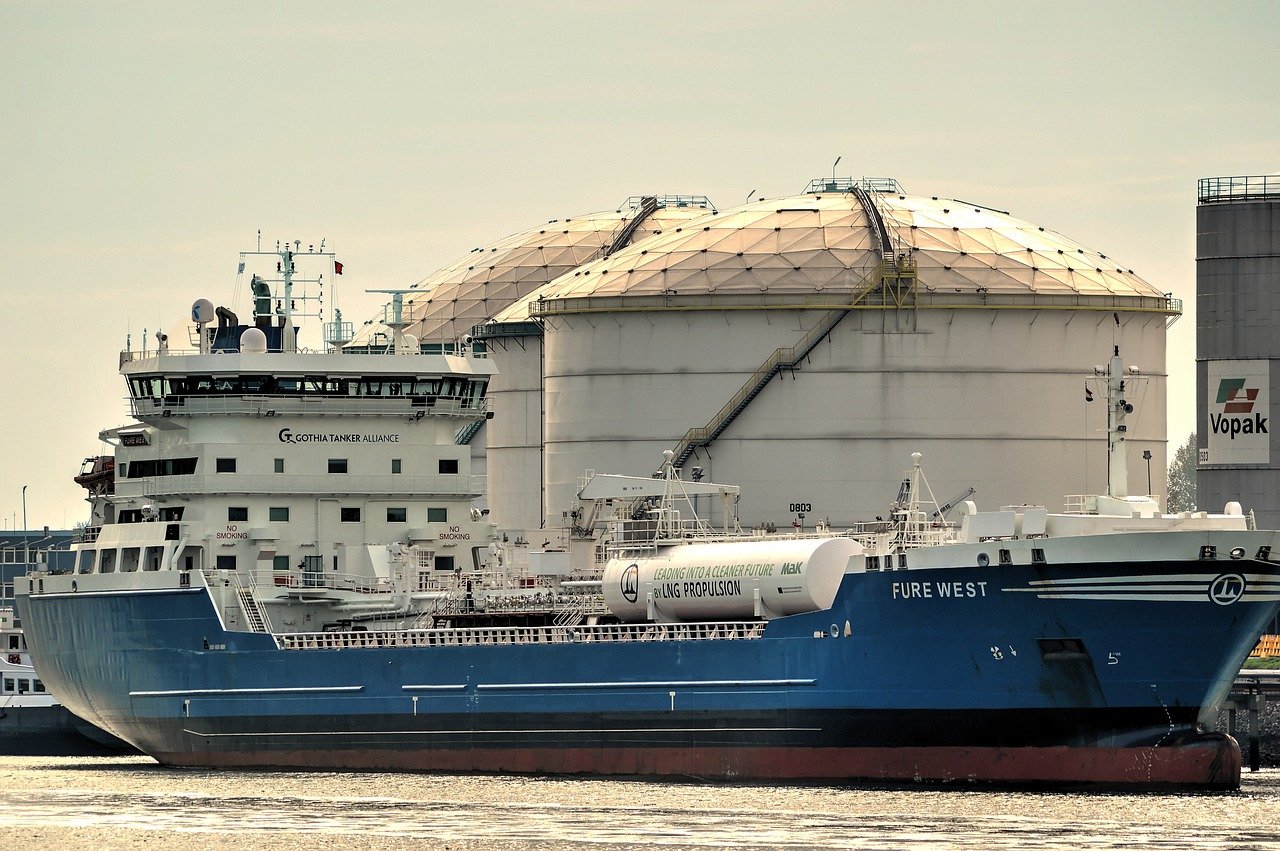 |
Storage Tanks |
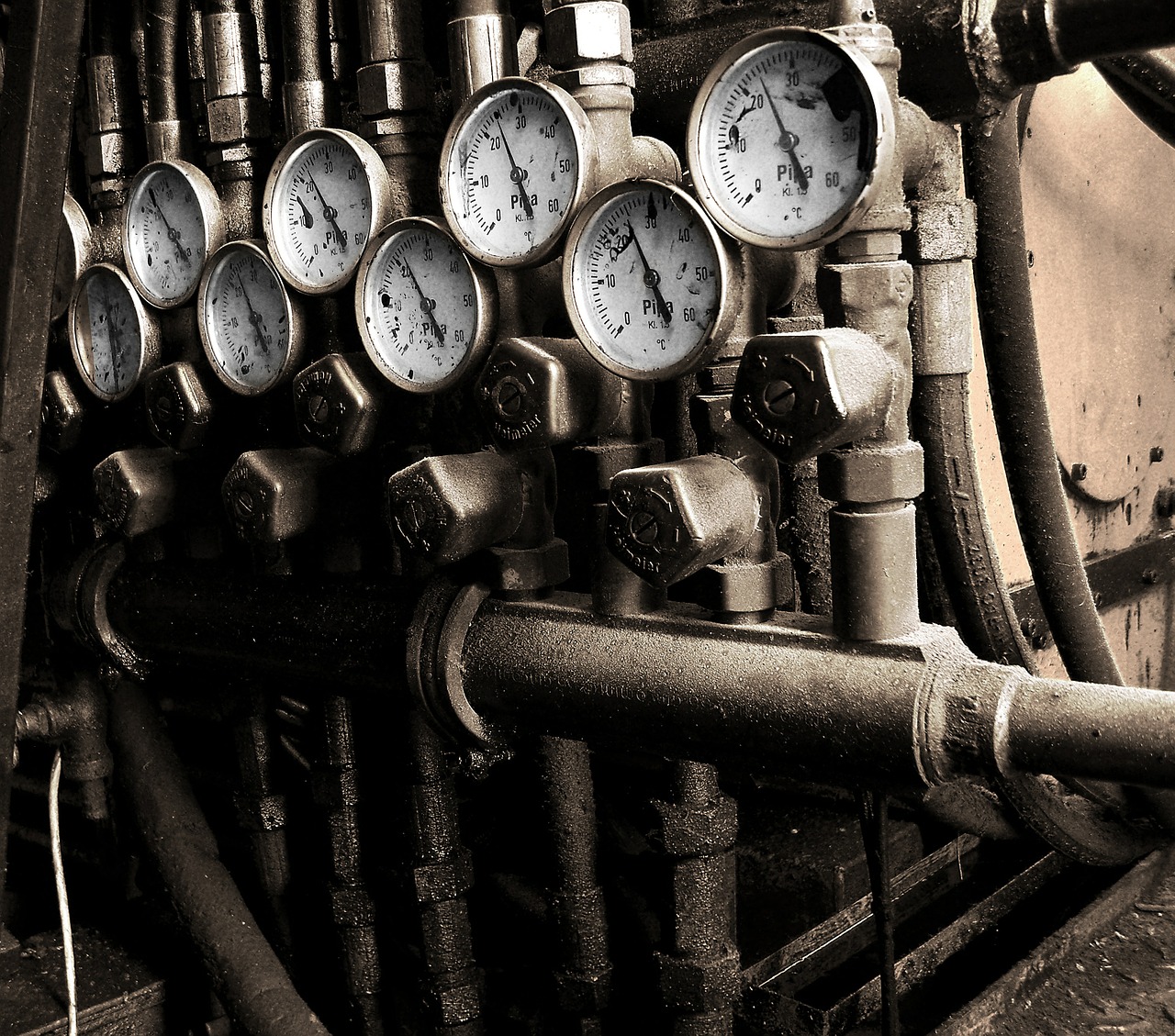 |
Metering/Measuring Systems |
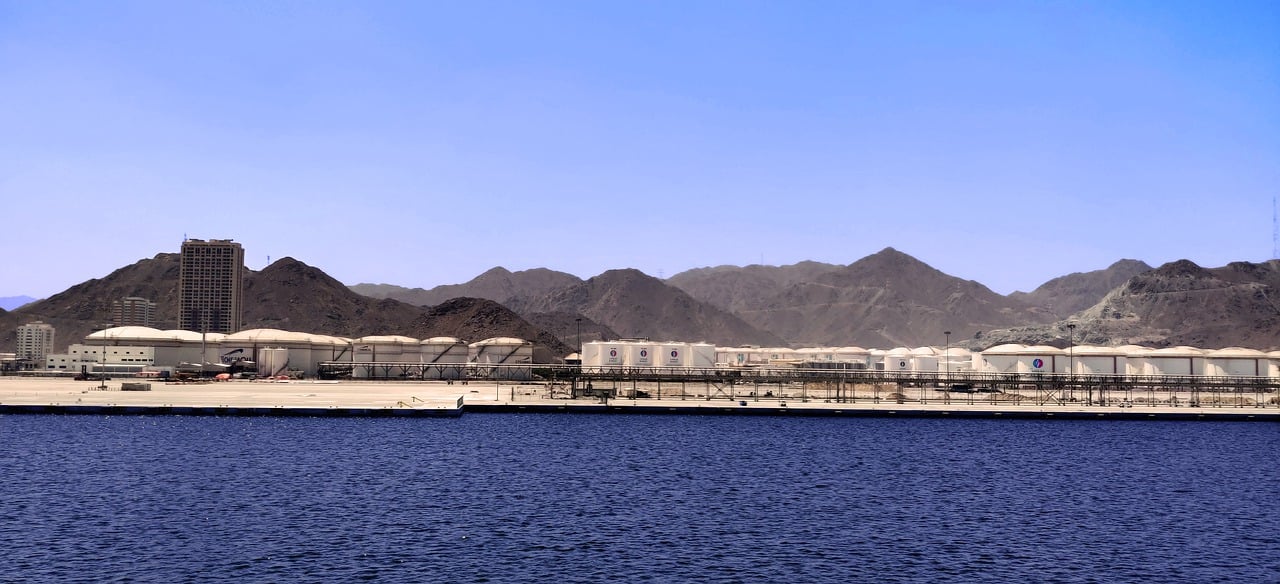 |
Loading/Unloading Stations or Bays |
|
|
Instrumentation and Control Systems |
For the valves in use, the most common are traditional gate valves and Twin-Seal plug valves. More and more high performance valves are starting to be used, including butterfly valves and triple offset valves.
Terminals refer to one of their procedures for loading/unloading as a “valve lineup”. A valve lineup refers to a list of certain valves that must be operated (sometimes in a pre-determined sequence) as part of the procedure to load, for example, product A into vessel B. Some valves may need to closed and some valves may need to opened as part of this lineup.
Many of these valves, especially in older terminals, must be operated manually by an employee of the terminal. This typically involves the turning of a hand wheel many revolutions, as these valves in terminals are typically large, 8-16 inch pipe sizes are typical.
When operating manual valves in a terminal, employees must perform valve lineups efficiently, so that vessels (ships, railcars, trucks, etc.) are not waiting at the terminal longer than they should be. However, these efficiencies cannot be achieved at the expense of safety.
Portable Valve Actuators can assist employees who operate these valves. They allow the operators to drive efficiencies (valves get opened/closed faster via the use of the tool as opposed to manual operation) while addressing the need for safety in valve operation. Manual operation of these valves exposes employees to the risks of repetitive motion back strains, shoulder strains, wrist strains, elbow strains, etc. Portable Valve Actuators significantly reduce the risk of injury by letting the tool operate the valve, the operator simply holds the tool. This approach typically improves the ergonomic position of the employee, further reducing the risk of injury.
Terminals typically do not employ large amounts of people, relative to the size of these sites. Therefore, employees are tasked with performing these types of activities (valve operation) multiple times in a shift. This can further contribute to the risk, as by the end of a shift an operator may be tired and more prone to injury.
Terminals are an extremely important part of the overall infrastructure of the Oil, Gas, Petrochemical, and Chemical Industries. They perform a critical role in getting products moved along in the supply chain. It is vital that these facilities continue to perform their operations in a safe and efficient manner while always looking for ways to improve efficiencies and reduce risks.
To learn more about our valve handling tools, you can download our catalog or contact us directly
+ 33 (0) 4 75 40 27 15
sales@modec.fr
ZI Sirius Quatre
80, allée René Higonnet
26760 Beaumont-lès-Valence, FRANCE
185 Alewife Brook Parkway
#210
Cambridge, MA 02138, USA
11111 Katy Freeway suite
#910
Houston, TX 77079, USA
© Alle Rechte vorbehalten - modec - Verwirklichung : ARKOD